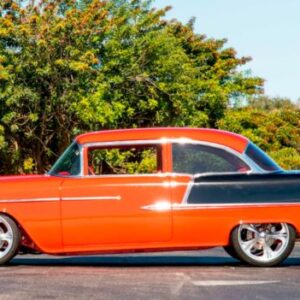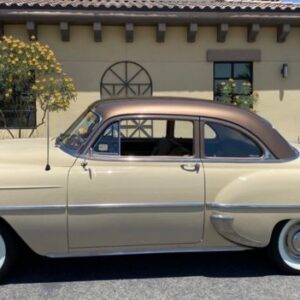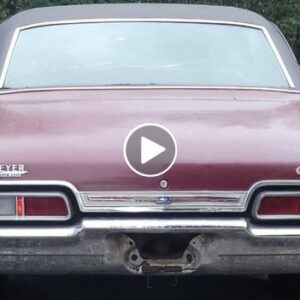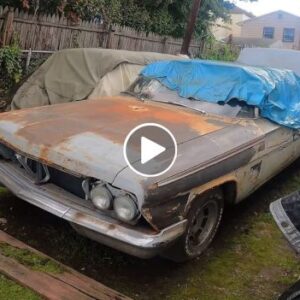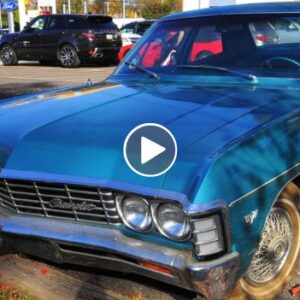The 1950s and 1960s saw an impressive number of experimental concept cars hail from Detroit. Some were wild by design, while others hit showroom floors with unusual drivetrains. The Chrysler Turbine is one of them and, as the name suggests, it features a gas turbine to move about.

Introduced in 1963, the Turbine went through a user testing program with some 50 cars lent to the general public. But despite being remarkably reliable, the drivetrain suffered from slow acceleration and sub-par fuel economy. Chrysler canceled the project and all but nine cars were sent to the crusher.
The lucky ones are still known to exist, but seven of them are scattered in museums across the United States. With only two in private hands, chances of seeing a Chrysler Turbine in motion on public roads are as slim as they get. But people who attended the 2021 Concours d’Elegance of America had the once-in-a-lifetime opportunity to see (and hear) one on the go.
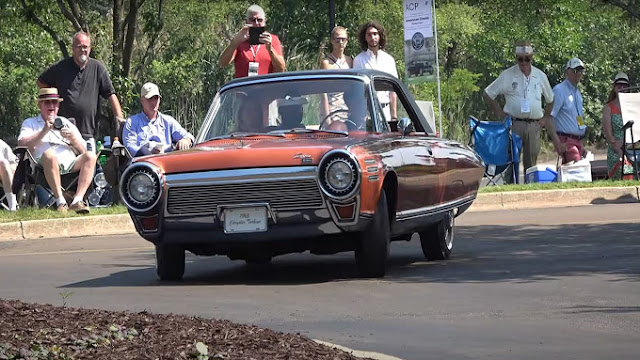
The example you’re about to see below is part of Stahl’s Automotive Collection in Chesterfield, Michigan and it’s the exact car that made headlines back in March 2021 when it was listed for sale. Previously part of Frank Kleptz’s private collection, it changed hands for an undisclosed sum that likely exceeded $1 million.
Now parked in Stahl Automotive Foundation’s museum-like hall (the other privately owned example belongs to Jay Leno), the copper-painted Chrysler was taken out for a spin at the Concours d’Elegance of America. And it won a trophy for its fantastic condition, unique appearance, and jet-like exhaust note.
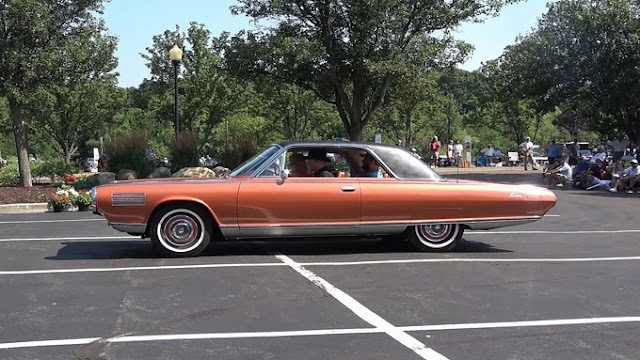
The Chrysler Turbine arrived in 1963 with the company’s fourth-gen gas turbine. Because it did not require antifreeze, a cooling system, radiator, connecting rods, or crankshafts, the turbine had about 80% fewer parts than a typical piston engine. The simple layout made it highly reliable.
The turbine also operated on a wide variety of fuels, including unleaded gasoline, diesel, kerosene, and even peanut oil and perfume. It produced 130 horsepower and 425 pound-feet (575 Nm) of torque at 36,000 rpm and idled at 20,000 rpm. Sadly, its poor fuel economy and slow acceleration prevented it from going into full-scale production.

If you’re a fan of Jet Age car designs and unconventional drivetrains, you might as well enjoy one of the nine surviving Turbines in the video below. It might be your only chance at seeing and hearing it in motion for a few good years.

